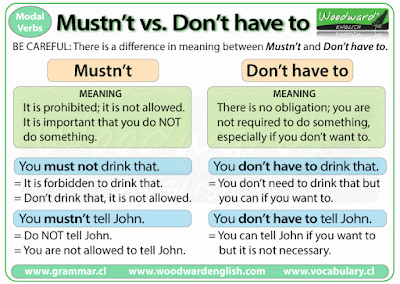DO
- Try the different types of tasks by looking at practice tests.
- Do lots of general reading practice in class and at home, especially the kinds of texts used in Cambridge English: Preliminary for Schools.
- Keep a vocabulary notebook to write down new words and make notes about how to use the word.
- Read all the instructions carefully and look at any examples.
- Be able to skim and scan (read a text quickly for the main ideas or to find specific information).
- Check your answers and make sure you have written them in the correct place on the answer sheet.
- Keep your handwriting clear and easy to read.
- Read each text before you try to answer the questions.
- Use a pencil, not a pen, on the answer sheet.
DON’T
- Don’t leave answers blank, even if you aren’t sure of the answer.
- Don’t worry if there is a word you don’t know. Try to guess its meaning.
- Don’t write a full, rough copy of Writing Parts 2 and 3. Just write quick notes to plan your answer.
- Don’t worry too much about making grammatical errors in Writing Parts 2 and 3. Communicating is the important thing.
FAQs (Frequently Asked Questions)
If I fail the Writing paper, will I fail the whole test?No. You do not pass or fail the individual papers. You just get a score for the whole exam. If you do not do very well in the Writing paper, but you do well in the other parts of the exam, you have a good chance of passing the whole test.
In the exam, if I don’t understand a word on the paper, can I ask what it means?
In the exam, you should ask if you don’t understand the instructions. However, you should not ask about anything like the meaning of a word in a text. Remember, if there is a word you do not understand, it may not be necessary to understand it to answer the questions.
Will I get extra time to write my answers onto the answer sheet?
No. Before 1 hour and 30 minutes is finished, you have to finish writing your answers on the answer sheet.
Listening paper:
DO
- Read the instructions carefully for each part.
- Look at the questions, text and pictures and think about what kind of information you are going to hear.
- Listen to and look at the example question.
- Answer as much as you can when you hear the recording for the first time.
- Check your answers and find any missing answers when you hear the recording for the second time.
- Answer all the questions even if you are not sure – you probably understand more than you think and even a guess may be correct.
- Only transfer your answers to the answer sheet when you are told to do so at the end of the test.
- Be careful when you are transferring your answers to the answer sheet.
DON’T
- Don’t worry if you don’t hear the answer the first time. Everything is played twice.
- Don’t panic if you don’t understand everything in the text – you probably don’t need to.
- Don’t use a pen. You must use a pencil.
- Don’t change your answers when you are transferring them to the answer sheet
DO
- Practise your English, in and out of the classroom, as much as you can.
- Listen carefully to the examiner’s questions.
- Ask the examiner if you don’t understand what you have to do.
- Speak clearly so that both examiners and your partner can hear you.
- Remember that both the examiners want you to do well in the test.
In Part 1
- Talk to the examiner, not your partner.
- Make sure you can spell your name.
- Try to give more than one-word answers.
In Parts 2 and 4
- Talk to your partner, not the examiner.
- Ask your partner questions.
- Listen to your partner’s answers and look at them to show you are interested in what they are saying.
- Give your partner a chance to speak too.
In Part 3
- Talk about everything you can see in the photograph, e.g. colours, clothes, time of day, weather.
- Try to explain what you mean in other words if you don’t know a word.
DON’T
- Don’t worry too much about making grammatical mistakes.
- Don’t worry too much if you don’t know a word.
- Don’t worry if your partner is a stronger or weaker speaker than you. The examiners assess the candidates individually.
- Don’t sit in silence in the test, even if you are nervous. Examiners can’t give marks to candidates who don’t speak.
In Parts 2 and 4
- Don’t speak for too long without involving your partner.
In Part 3
- Don’t try to talk about things/ideas outside the photograph.
- Don’t stop talking if there is a word you don’t know, just talk about something else you can see.















